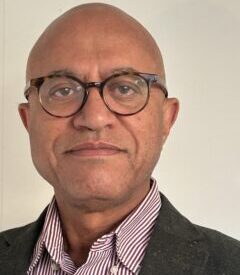I am aware of that Ethiopians don´t share common understanding on the present situation of the country. Some paint a positive scenario by referring to industrial development, city planning, expansion of parks, afforestation program and other issues. Others based on their experiences or the information they get from different sources describe the country as undemocratic with extrajudicial killings,imprisonment, kidnaping, poverty, ethnic based conflicts and expensive living condition.
For me the present misery of the country is a product of accumulated unsolved problems. Those who ruled the country through time contributed less to positive coexistence. Monopoly of power and unlawful control of resources was one of their characters. They also favoured one group over the other, a specific language, cultures, religion and region over the others. Today due to the past, there might be groups that would like to express the suffering and injustice they, their families or distance kins experienced.
When some individuals or groups express their historical sufferings, there are others who completely deny what happened and confront these groups with their version of history. While not denying the suffering, it is also possible to think that there are groups that exaggerate what happened in the past and come up with unrealistic demands. Still their rights to complain should be respected.
There is a need to understand each other. Those who feel they, their parents, grandparents and their ethnic group suffered in the past, should not be refused to tell their story. If one listen properly, these complains can provide a lesson not to repeat the same or similar mistakes. As a part of understanding each other, it should be clear to all parts that it is impossible to change history, and that history is interpreted from different perspectives. Similarly, all perpetrators and victims of the past are not living today. Based on facts the historical issues could be investigated and told to promote further understanding but should not be allowed to hinder the country´s progress.
In the process of understanding the suffering of the past, it is not wrong to show empathy for the victims of wars, unproper punishments and suppression of their language, culture and religion. On the other hand, those whose families’ relatives and ethnic groups were victims of the past should not come with unrealistic demands, instead accept the recognition for their suffering and go ahead to strengthen their relationship with fellow citizens.
It is also clear that people’s rights should be respected as individuals and groups. Respect for each other should avoid ethnocentric expressions, views and attitudes to downplay and show contempt for other languages and cultures. It is necessary to understand languages and cultures can develop side by side. For the survival of one, the others need not be eliminated. It is possible to embrace “unity in diversity”.
To look forward as individuals and a country, there is a need for self-criticism. As individuals not to contribute to conflicts that leads to destruction of life and property. Self-criticism to open one’s mind to understand others viewpoint, to show empathy for those who suffered and to respect others heritage. Self-critic as a country can include reviewing the rights and wrongs of the past, instead of just praising or accusing the other rulers of the past, to try to objectively analyse what happened to give both the positive and negative side of the rulers. That will give a better understanding of the past and to go ahead as a country.
